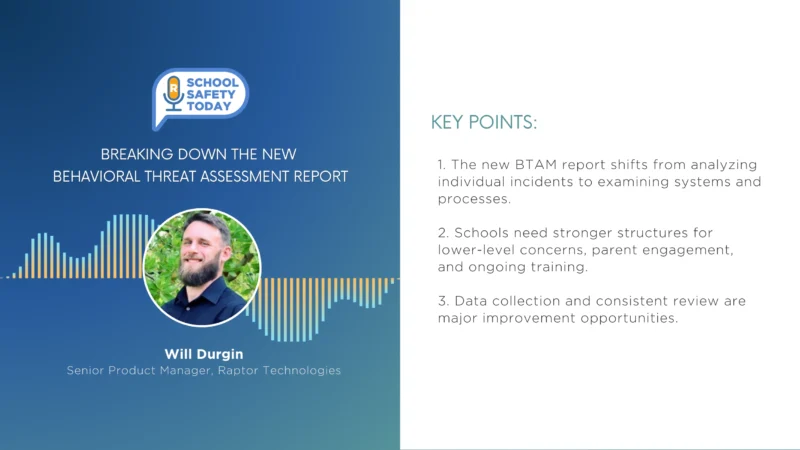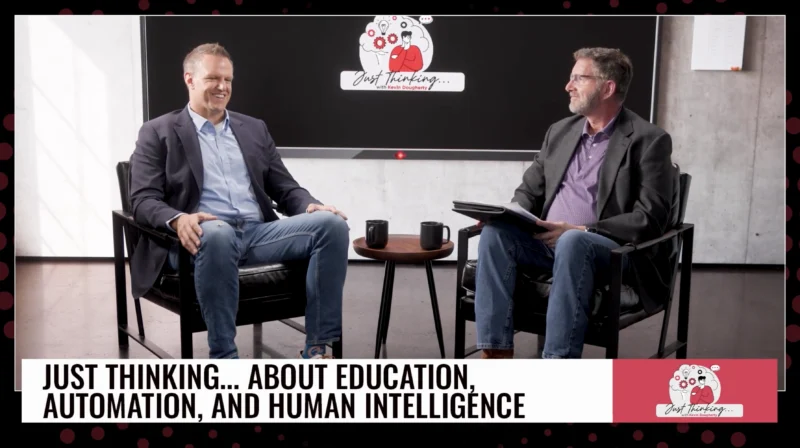Why Are Schools Now Prime Targets for Cyber Attacks?
In a world where technology evolves at lightning speed, our schools grapple with the challenge of catching up. Andrew Callis Jr., an authority on cybersecurity, brings to the forefront a shocking revelation: schools have emerged as the bull’s-eye for cyber attacks. The disconcerting truth lies in the mismatch between the swift progress of technology in the real world and its sluggish integration within academia.
The repercussions of these cyber attacks ripple far beyond data breaches. They seep into the very fabric of learning experiences. Callis paints a stark contrast: students wield more technological prowess outside the classroom than within. This disparity stifles their potential, a direct consequence of the discord between the cutting-edge tech they encounter in the real world and the outdated systems in schools.
But why schools? Callis reveals a chilling truth: hackers are lured by the treasure trove of sensitive information these institutions harbor. From student social security numbers to staff medical records, schools unknowingly house a goldmine of exploitable data. As cybercriminals capitalize on this security gap, the vulnerability of our education system becomes painfully evident.
Can this trend be halted? Callis proposes a multi-pronged approach. Governments must invest in bridging the digital chasm that divides schools from the fast-moving tech landscape. Educational organizations, in tandem with community partnerships, must shore up their defenses. Cybersecurity experts, however, play a pivotal role. Armed with invaluable tools, they empower schools to combat these digital onslaughts effectively.
Andrew Callis Jr.’s insights are a clarion call for collaboration. The battle against cyber attacks demands united efforts across government, education, and cybersecurity domains. As the digital realm shapes our world, protecting the sanctity of our schools is a collective imperative.




